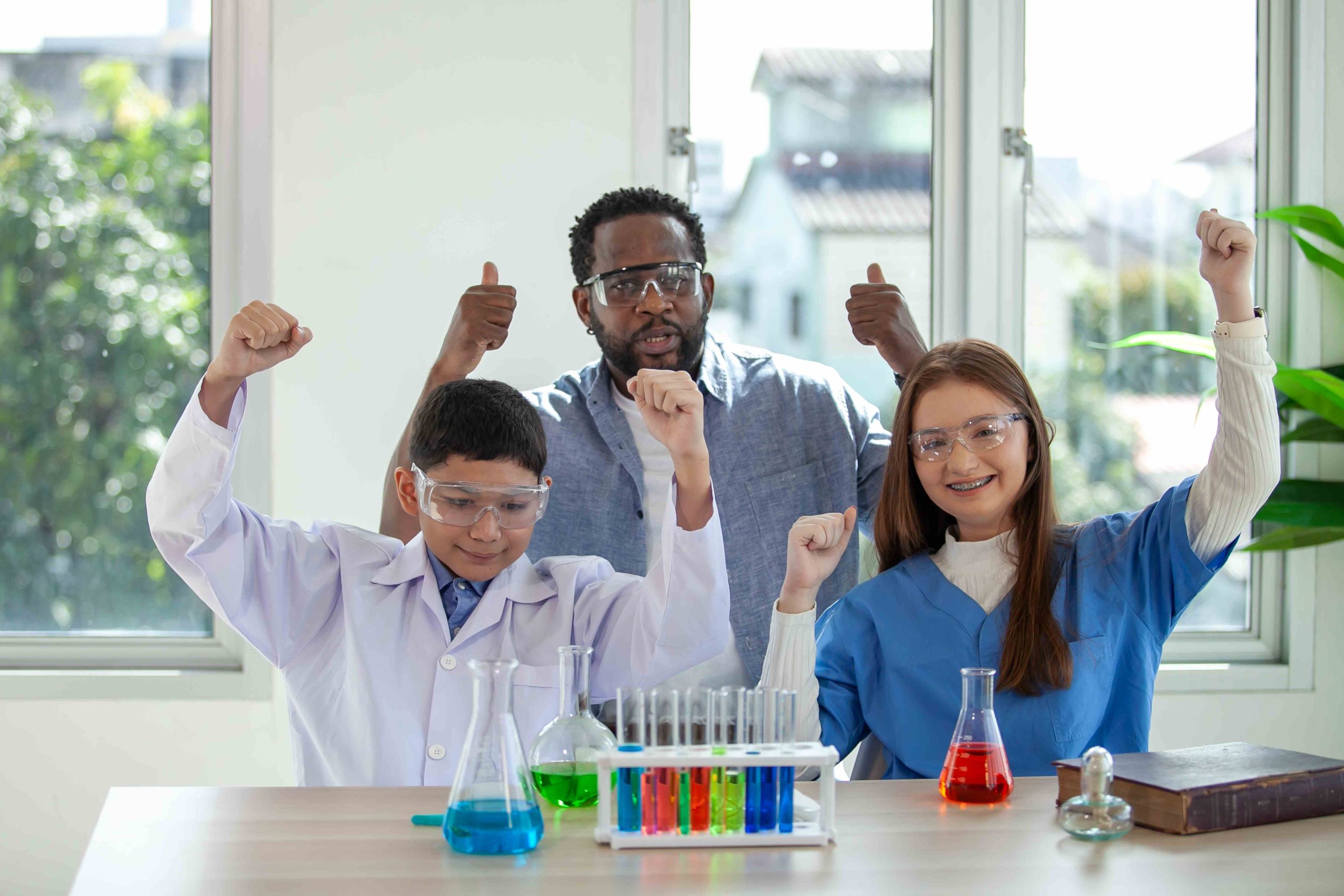
Unleashing Curiosity: Introducing Science to Preschoolers
In today’s fast-paced world, it’s essential to equip preschoolers with the skills and knowledge to nurture their curiosity and foster scientific thinking. By integrating the scientific method into early education, we empower preschoolers to explore, question, and understand the world around them. This article explores the significance of introducing the scientific method in preschool, providing a guide to its implementation and the positive impact on preschoolers’ development.
Nurturing Inquiry
Preschoolers are natural explorers with an inherent curiosity. Embracing their desire to learn lays the foundation for scientific thinking. Encouraging them to ask questions, observe, and form hypotheses ignites curiosity and stimulates cognitive development.
Observing the World
Observation, the first step in the scientific method, enables preschoolers to engage their senses and make discoveries. Introducing scientific tools like magnifying glasses and microscopes enhances observation skills and cultivates wonder.
Integrating Multidisciplinary Approaches
Science intersects with various disciplines. Integrating a multidisciplinary approach in preschool education allows exploration of the interconnectedness of scientific concepts with mathematics, language arts, and the arts.
The Educator’s Role
Incorporating the scientific method requires skilled educators to facilitate meaningful learning experiences. Educators play a crucial role in creating a supportive environment, designing engaging activities, and guiding preschoolers through scientific inquiry.
Assessing Understanding
Assessing preschoolers’ scientific understanding requires a comprehensive approach that captures the multifaceted aspects of scientific thinking and inquiry, going beyond traditional evaluation methods.
Building Scientific Community Partnerships
Building partnerships with the scientific community enriches preschoolers’ learning experiences, offering unique opportunities for collaboration, mentorship, and exposure to real-world science.

